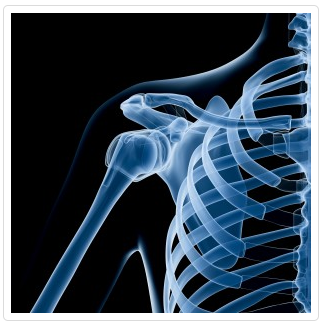BASEBALL PLAYERS PRONE TO SHOULDER PROBLEMS
With baseball season in full swing, we figured it would be a good time to discuss shoulder injuries, which are very commonly seen in baseball players.

Our shoulder structure allows for tremendous flexibility, and a large range of motion. With proper training, this allows for the unique ability to throw a baseball very accurately, over long distances, and at a high speed.
Unfortunately, with too many repetitions, the finely tuned mechanisms that control our shoulder joint can become overwhelmed, resulting in pain or injury.
Here in California, the climate allows for baseball to be played all year long. As a result of the combination of the baseball throwing motions used and the wear and tear that comes with playing all year, we see many baseball players who suffer from shoulder injuries.
Understanding the Throwing Motion
The shoulder is a ball-and-socket joint that consists of the collar bone (clavicle), upper arm bone (humerus), and shoulder blade (scapula). The joint is stabilized by soft tissues, which includes static stabilizers like the shoulder capsule ligaments and labrum cartilage, as well as dynamic stabilizers such as the rotator cuff muscles. These stabilizing elements work together to allow a throwing motion. When some of these stabilizers are too loose or too tight, the balance is thrown off, and tears can occur in the soft tissue.
While the shoulder ball gives us unrestricted movement in our shoulder joints, it is important to know that this movement comes with a few drawbacks. While the flexibility of these joints allows baseball players to bring their arms back as far as they want, and throw with great acceleration, the movement puts the ligaments and muscles under tremendous stress.
Pitchers throw with high or max velocity, often in excess of 100 pitches per game. This stress leads to a lot of shoulder injuries in the sport of baseball.
Symptoms of Shoulder Injuries
While baseball related shoulder injuries are very common, being aware of symptoms can help with the long-term effects of certain injuries. In fact, discovering an injury early can be the difference between missing a couple of games and being out for the season. The symptoms obviously depend on the injury, but coaches and the medical staff should be aware of common warning signs such as: loss of stamina, poor throwing mechanics, shoulder pain, and decrease in throwing velocity or accuracy.
How to Avoid Shoulder Injuries
Shoulder injuries are often caused by high stress during a high number of repetitions. To avoid these injuries, pitchers in general and young/teen athletes in particular, should avoid reaching high pitch counts. Pitchers should also try to limit the throwing of curveballs and/or sliders as both pitches require additional strain. If you want to avoid these injuries, the simplest solution is to decrease both of the above mentioned factors.
Treating Pitching Injuries
Shoulder treatments vary, and usually depend on the symptoms and the type of injury. Sometimes, stopping the pitcher from playing for a few weeks while the symptoms dissipate is enough. However, in cases where symptoms continue to persist, an orthopedic surgeon would likely recommend a structure rehabilitation program. In unusual cases, the ligaments, labrum, or rotator cuff can tear, and that requires surgical repair.
If you or a family member has been experiencing shoulder pain before, after, or during throwing exercises, schedule a consultation with renowned Beverly Hills orthopedic surgeon, Dr. Millstein, by calling (310) 595-1030 today!

